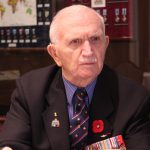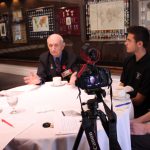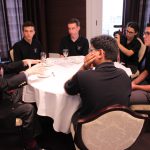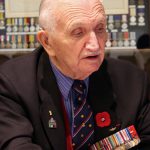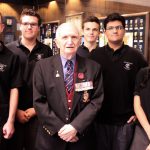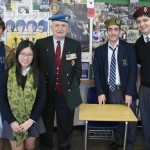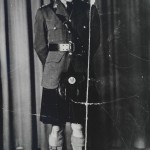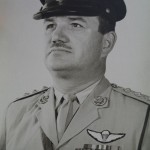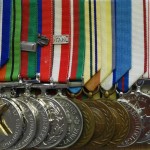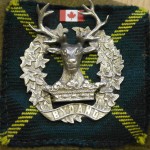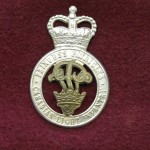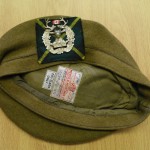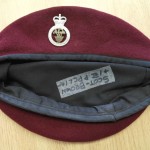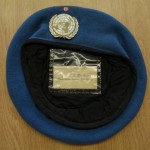Born into a military family, Charles Scot-Brown said there was never a doubt about his enlistment. After growing up during the Depression, Charles joined the army and was trained as an infantryman. He was sent overseas to England and went across the Channel on June 6, 1944, as part of the second wave of Allied landings on D-Day. He and his men had been trained to take a radar station, and Charles completed this mission successfully, going on to further distinction in the Battle of Normandy. Eventually a wound took him out of commission, but only briefly as he returned to the field in an airborne regiment during Operation Market Garden. When the battle faltered, Charles was fortunate to escape to the Allied lines, avoiding becoming a POW. Charles is dedicated to the educational efforts of Historica Dominion and the Royal Canadian Military Institute, and we thank them for their part in bringing him to Crestwood.
Charles visited Crestwood twice in February 2012, where he was interviewed for this project by students in the Grade 10 history class. We were honoured to visit him at the RCMI in October 2017, when he was interviewed by Arielle Meyer, Justin Soberman, Armin Selzner, Ammar Prabhakar, and Spencer Whitnall.
Videos
Click next video below to keep watching
- 1. Scotland; Family Background
- 2. Early Life; The Depression
- 3. Getting into the RMC; Life in the Army
- 4. Back to North America
- 5. POWs across the Atlantic
- 6. Volunteering for the British Army
- 7. A Canadian Question
- 8. Gaining the Trust of His Troops
- 9. The Preparations for D-Day
- 10. The Gordon Highlanders
- 11. Uniforms and Petrol
- 12. Breaking in the Boots
- 13. Not a Blister
- 14. The Assault on D-Day, 1944
- 15. Gold Beach; The Realities of War
- 16. Loss
- 17. The Legion of Honour; Colombelles
- 18. Doreen
- 19. Accomplishments; Outsmarting the Germans
- 20. Letters from Home; Training - the Paratroopers
- 21. The Battle of Arnhem; Escaping Arnhem
- 22. Belsen; On to Lubeck
- 23. The Paymaster; Remembrance Day
